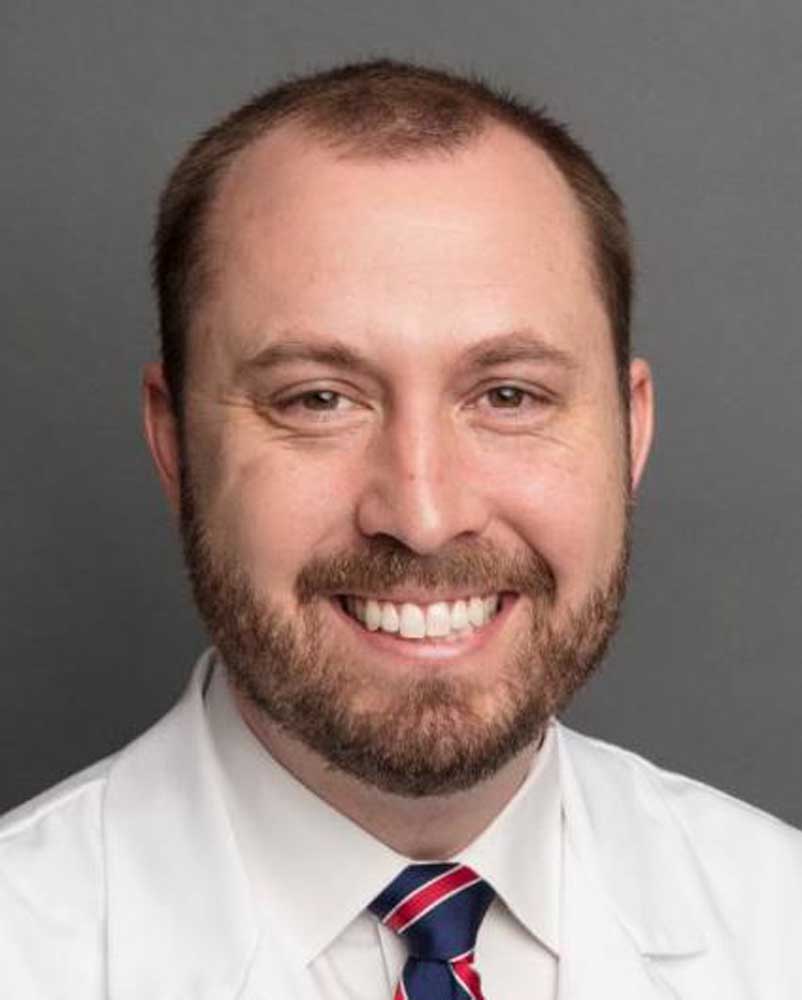Dr. David Kummerfeld set to speak on rotator cuff tears at Thursday’s Walk With a Doc
Published 2:10 am Sunday, May 5, 2019

- KUMMERFELD
Dr. David Kummerfeld will lead Thursday’s Walk With a Doc program. He is scheduled to talk about rotator cuff tears.
Kummerfeld, with Azalea Orthopedics, is a board-certified orthopedic surgeon, fellowship-trained in shoulder and elbow.
Walk With a Doc, a project of the Smith County Medical Society, begins at 6 p.m. Thursday at the Rose Rudman Recreational Trail’s Copeland Road trailhead, followed by walking.
Q: What is a rotator cuff tear? How do they happen?
A: Rotator cuff tears come in all shapes and sizes. Put simply, it is the tearing of one of the four rotator cuff tendons, most commonly the supra-spinatus. A person can have tears of one or multiple tendons. Tears can be partial thickness or full thickness. As far as causation, most tears we see are chronic attritional tears from age, habits (nicotine) or genetic predisposition. The other main group is traumatic tears from falls or shoulder dislocation.
Q: How can you tell if you have a tear instead of a strain?
A: An examiner can often delineate between a strain and a tear with a good physical exam, but sometimes an MRI or ultrasound (in skilled hands) is necessary for confirmation. For the patient, if there is a significant loss of strength with activity away from the body, a tear is more likely. For example, a patient that cannot lift a pitcher or glass of tea from the fridge with the arm extended has a greater chance of having a rotator cuff tear.
Q: Is surgery always necessary for rotator cuff tears ?
A: Surgery is not always the right decision. Many factors go into the decision for surgery. One indicator for surgery acutely is a patient who had a normal shoulder prior to a fall and presents with a large, full thickness rotator cuff tear and a poor functioning shoulder.
Q: What type of rehab is necessary after surgery?
A: Range of motion therapy is almost universally necessary after surgery, as a vast majority of people get stiff. Retraining of the periscapular muscles and rotator cuff and in the appropriate time frame can also benefit patients. A patient can return to full activity at six months, but may not reach their end result until 12 to 18 months post-op.






